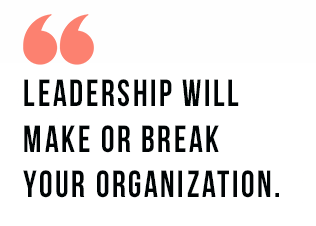In my last blog post “When is the Right Time to Hire”, I talked about the importance of hiring. Hopefully I’ve convinced you
that hiring is a vital part of growth in a company. This week, I want to talk about some really easy ways to do this. Let’s address the reasons why small businesses are hesitant about hiring and
often wait until they are desperate.

There are three basic fears that overwhelm your typical small business owner when contemplating hiring:
1. It’s expensive.
2. Training takes too much time.
3. What if they don’t work out?
All of these fears can be overcome with some careful planning and simple safeguards.
The first thing I recommend is to prioritize hires with two thoughts in mind – revenue and risk mitigation. Is your first new hire going to be in revenue production or risk mitigation? Revenue
production is pretty straightforward – will they help you produce more revenue; thereby not only paying the costs of their wages, but also increasing profit for the company? People who help with revenue production usually will take care of repetitive tasks or will be increasing sales by acquiring new customers. A good rule of thumb is to hire to increase revenue first and then use the profit to hire someone to help with risk mitigation. What do I mean by risk mitigation?
Basically, anyone who does administrative work for the company is not revenue producing, but will ensure that needless dollars are not spent on risky business systems that are in place just because the business owner does not have time to address them. An example of a risky business practice is not tracking revenue and expenses that could result in more taxes, interest and penalties or thinking that you are tracking them because they are in your head or in a box full of receipts or on a spreadsheet. Another example of a risky business practice is to keep accounts receivable (customers who owe you money) and your accounts payable (vendors who you owe money) in your head, on your desk in a stack of papers…somewhere or on a spreadsheet you never look at. This very risky business system can lead to forgotten or uncollectible debt, late fees and loss of vendors.
The second step is to break down your processes to identify how many hours a week you need help. In this step, you may decide to hire only independent contractors because you do not truly need full-time or permanent help. In light of the new tax laws, independent contractors are no longer penalized by self-employment tax, and it is easier to find people who value the flexibility of being a subcontractor versus an employee. Just remember there are definitely rules about what the difference between an independent contractor and an employee that are strictly enforced by your state employment security commissions. Another practical tip is to break down your processes into a job description, which can easily be turned into a contract for both subcontractors and future employees. This will also simplify your training process.
The third step is to identify who will fit your organization’s culture. While this may seem like a lofty concept for a small business owner to contemplate, your business culture is something you’ve been working on whether you realize it or not. You already know how you want to treat customers, what standards your product needs to meet, and what type of environment you like to work in. A person who has a particular skill set is very important, however temperament and personal values play a huge role in what works for you as a business owner. Every business is different. As a business owner, you might prioritize work ethic (being on time, showing up every day and working hard the whole shift) over having a pleasant personality. However, another business owner might value customer service and compatibility over these things. There is no cookie cutter employee who fits the bill for everyone, but there are people out there who will fit your culture better than others. It’s up to you as an employer to identify what that is long before you place your first want ad.

Next week, we will talk about developing leadership skills so you can be a good boss to your next perfect hire!

